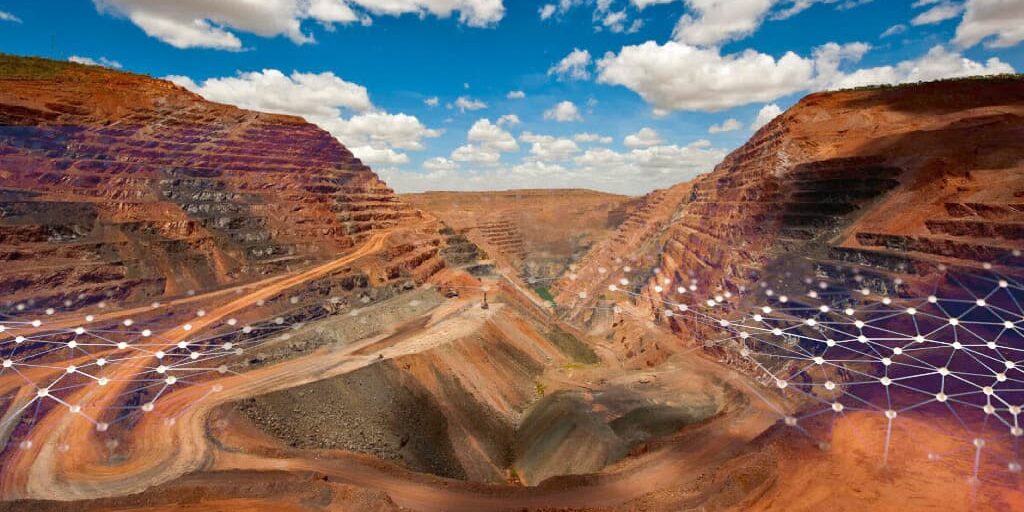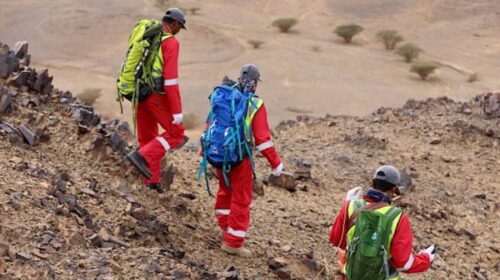Smart Mining: The Benefits of Developing Digital Mines
Smart Mining: An Innovative Approach to the Issues Facing the Mining Industry
Industry 4.0 is fast becoming a global reality. This has led to an increasing focus across the mining industry on innovative approaches to solving several key issues it faces today.
Chief amongst these approaches is the development of the connected, data-driven, and automated “smart mining” model. Mining companies have prioritized technology investments, building their data and intelligence capabilities, and integrating equipment, software, and human operators.
The smart mine takes advantage of several innovative technologies, including the Internet of Things (IoT)- connected devices, artificial intelligence, machine learning, virtual and augmented reality, wearable and equipment-based sensors, big data paradigms, and centralized data processing hubs.
The smart mine requires significant economic investment in equipment and infrastructure as well as training for workers.
Implementing a data-driven and digital approach has several distinct benefits for the mining industry. The smart mining concept is gathering pace within the industry. Globally, many mining companies are in the initial stages of digitization.
Automation in Mining
Automation is a major trend within the mining industry. Taking human operators out of the mine and replacing them with autonomous mining equipment provides significant benefits for mine operators. Employing sensors on automated equipment helps to monitor their performance and the mine environment in real-time, with data collected and analyzed at a central hub.
Mine operators can build on existing networks and easily integrate automated elements into them. Digitizing mines with suites of wireless sensors to conduct remote measurements aids the automatization of key mining processes and assets. IoT-enabled devices constantly feed data to human operators, and artificial intelligence allows the equipment to make decisions without human intervention.
Economic Benefits of Digital Mines
Smart mines have significant cost-saving potential for mining companies, with a better ROI than their traditional “analog” counterparts. Costs are saved in terms of labor, equipment maintenance, and the reduction of unnecessary mine infrastructure such as extensive cabling.
Using operational interfaces and analyzing historical data helps predict potential disasters and equipment failures, avoiding the lengthy and expensive interruption of mine operations.
Digitization also saves water and energy, improving the economic and environmental sustainability of smart mines. KPI and reporting are enhanced using innovative technologies in these next-generation mines.
Safety in Mining
Smart mines significantly improve safety by removing human workers from the mine environment.
Autonomous machinery does the bulk of the work, with humans able to concentrate on more value-added and less laborious and dangerous tasks. Workers can be situated far away from the site at centralized locations above ground, further improving their safety.
Through predictive data analysis, disasters can be detected earlier using intelligent sensors situated throughout the mine. This warns workers of any dangers and gives them more time to reach safety before explosions or cave-ins occur.
Wearable sensors provide real-time data analysis and reporting functions. Workers can be tracked in real-time using sensors, warning them of potential dangers and instructing them to avoid certain areas where a disaster is likely.
Critical safety parameters such as pore water pressure can be monitored in real-time, giving operators the ability to lower water pressure and prevent disasters such as catastrophic dam failures to protect key assets and workers.
Manual measurements may not be able to catch safety issues in time and must be conducted regularly.
Improving Productivity in Mines
Aside from economic and safety benefits, smart mines help to improve productivity and profitability. Site managers can design efficient workflows to streamline operations.
Analysis of vast amounts of data, both historical and gathered during operations, gives the smart mine powerful capabilities to optimize efficiency and profitability. Predictive analysis avoids downtime, and moreover, geological data can help to accurately identify the location and volume of ore bodies, reducing the need for exploratory boreholes and other conventional methods of identifying deposits.
Predictive Maintenance in the Mining Industry
Predictive maintenance significantly improves the productivity, safety, and profitability of mines.
Using predictive maintenance, it is not necessary to wait until a critical equipment failure occurs to start maintenance work.
IoT-connected sensors embedded in machinery constantly monitor equipment health and feed this data back to central hubs, where AI and human operators can identify problems before they occur and dispatch maintenance crews.
Pairing data analytics with predictive maintenance can reduce costs and provide estimated productivity gains of 10-20%.
Real-time, actionable insights empower mining operators to optimize their operations.
Machine learning is a key technology in predictive maintenance. Predictive capabilities move maintenance away from being reactionary, with obvious benefits for mining companies.
Data Security in Smart Mining
Data security is essential for mining companies. Mining companies protect their data against rival companies and hackers.
There is a risk that increased digitization leads to opportunities for bad actors to gain access to mining data, and even interrupt or control mining operations, leading to safety issues and increased financial burdens.
Therefore, robust security protocols should be central to any smart mine. Keeping data “in-house” and out of the cloud can help protect vital data and key equipment and infrastructure.
The Future of Smart Mining
The smart mining concept is gaining prominence in the mining industry and has vast benefits for the future of the sector, with several companies already in the process of digitizing and automating their operations.
As industry 4.0 becomes a reality, companies will likely continue to invest heavily in technology and processes which improve the profitability, safety, productivity, and sustainability of mines.
Source: azomining.com
![]()





